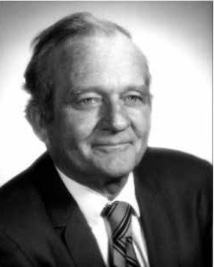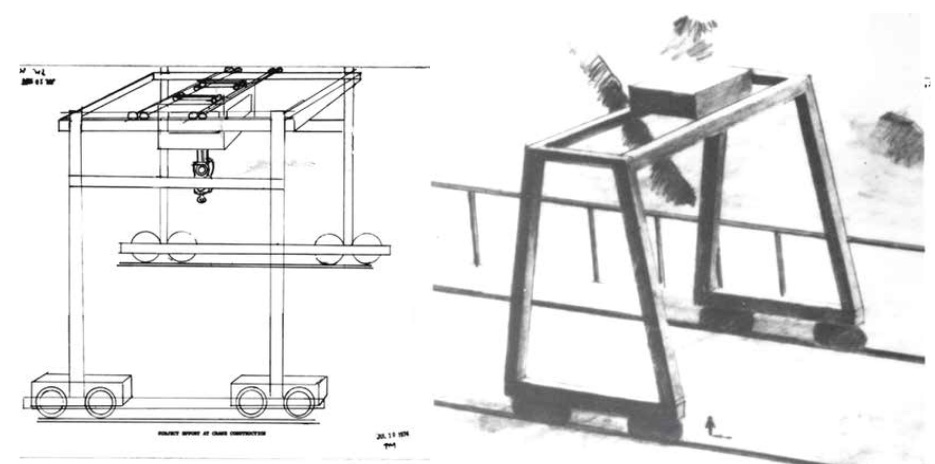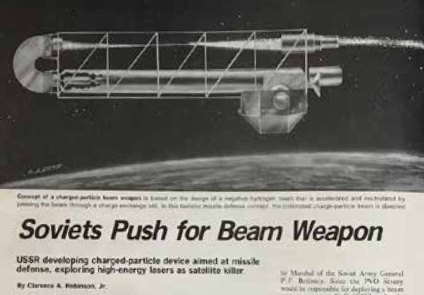Pat Price, Precognition, and “Star Wars”
Whenever and wherever I discuss the hypothesis that most forms of ESP, including remote viewing, could really be misrecognized precognition, I’m answered with the same thing: “But Pat Price, Semipalatinsk.” Everyone who knows anything about the remote viewing and the research at Stanford Research Institute in the mid-1970s “knows” the story of how Pat Price, given a set of coordinates in the USSR, sent his consciousness across the globe and saw (and drew) a crane that had been seen in satellite images as well as the construction of metal spheres that were confirmed only three years later in an Aviation Week article, two years after Price had died.
 It’s a story that appears in pretty much every history of the SRI research and the Star Gate program that grew out of it.
It’s a story that appears in pretty much every history of the SRI research and the Star Gate program that grew out of it.
Problem is, it’s not true. At least not as it has been told.
Not only was the magazine article supposedly confirming what Price saw completely inaccurate about what was going on at the site–a piece of Cold War propaganda–but the experimenters’ recollections of the sessions in which Price allegedly described the spheres were also inaccurate, probably shaped in hindsight by that magazine article. Transcripts that have come to light in the new Archives of the Impossible at Rice University present a very different picture of this affair, one that actually supports (I believe) the precognitive hypothesis of remote viewing, versus the standard “nonlocal consciousness” interpretation.
Judge for yourself. Read my new article in EdgeScience, “Pat Price, Precognition, and ‘Star Wars’.” I look forward to feedback (even push-back) from remote viewers. Please give me your thoughts in comments here.
This fascinating case raises a host of questions, not only about ESP but also about the Cold War context in which remote viewing first emerged.
Enjoy!





